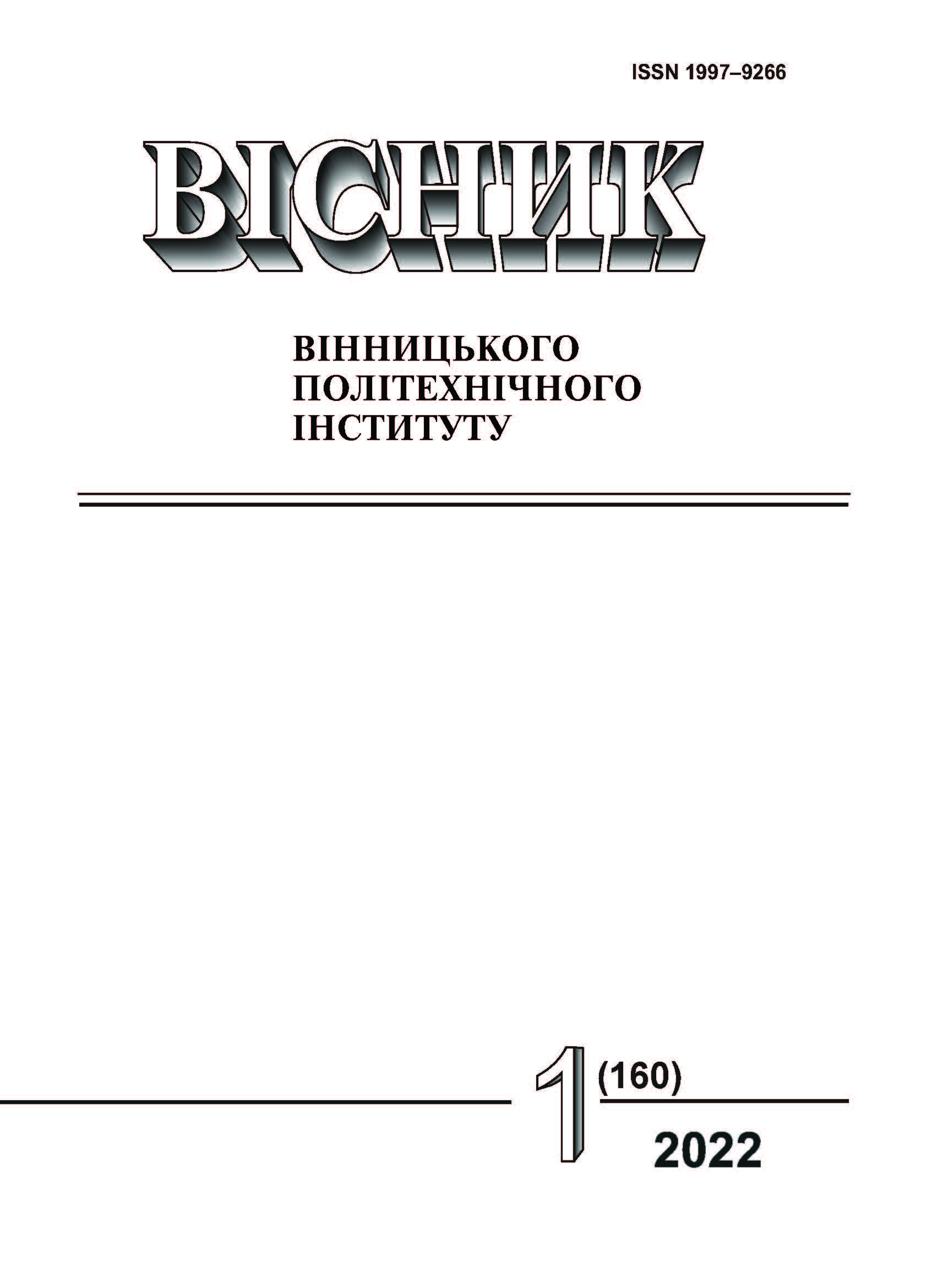Development of Biocomposites Filled with Products of Recycling of Secondary Raw Materials of Plant Origin
DOI:
https://doi.org/10.31649/1997-9266-2022-160-1-95-102Keywords:
biocomposite material, structure, pore, crack, compressive strengthAbstract
The article presents the results of the analysis of the composition and forming technology of biocomposite materials based on an adhesive (bone glue K3,5) and disperse fillers obtained by processing of secondary raw materials of plant origin (coffee grounds with high dispersion of particles, mechanically crushed dried leaves, coconut coir and grains stalks. The content of fillers in biocomposite materials varied in the range of 80…130 wt. parts. This is the optimal content of particles in the biopolymer matrix. Samples formed by mechanically mixing a solution of bone glue with the processed filler. Then the resulting biocomposition pressed into a mold. Homogeneity and continuity of the biopolymer matrix is ensured by a step-by-step heat treatment of biocomposite materials. The optimal content of fillers was determined by the results of analysis of experimental studies of the compressive strength of cylindrical samples. The highest values of the compressive strength (78,02 MPa) have biocomposite materials containing 190 wt. parts of particles of grain stalks. The macrostructure of the developed biocomposite materials analyzed. Biocomposite materials filled with particles of crushed dried leaves have the largest number of macroscopic defects after heat treatment. A large number of pores and cracks were found in these samples. The least number of defects have biocomposites filled with particles of crushed grains stalks, which confirmed by the obtained values of the compressive strength. The developed biocomposite materials can use for fabrication elements of furniture and floor, elements of a decor of salon of vehicles, containers and cases of devices.
References
M. R. Sanjay, G. R. Arpitha, L. Laxmana Naik, K. Gopalakrishna, and B. Yogesha, “Applications of Natural Fibers and Its Composites: An Overview,” Natural Resources, vol. 7, no. 3, March, 2016.
M. R. Sanjay, G. R. Arpitha, L. Laxmana Naik, K. Gopalak rishna, and B. Yogesha, “Experimental Investigation on Mechanical Properties of Hemp/E Glass Fabric Reinforced Polyester Hybrid Composites,” International Journal of Mechanical Engineering, vol. 3, no. 3, 2016.
M. M. Thwe, and K. Liao, “Effects of environmental aging on the mechanical properties of bamboo-glass fibre reinforced polymer matrix hybrid composites,” Composites Part A: Applied Science and Manufacturing, vol. 33, no 1, 2002, pp. 43-52. https://doi.org/10.1016/S1359-835X(01)00071-9 .
G. E. Zaikov, and A. Jiménez, “Polymer Analysis, Degradation, and Stabilization,” Nova Publishers, 176 p., 2005.
П. П. Савчук, О. Л. Садова, В. П. Кашицький, Є. М. Кальба, і О. Б. Климовець, «Дослідження властивостей біокомпозитів, наповнених дискретними волокнами природного походження,» Наукові нотатки, Луцьк, вип. 69, с. 75-81, 2020. https://doi.org/10.36910/6775.24153966.2020.69.11 .
О. Л. Садова, В. П. Кашицький, М. Д. Мельничук, О. О. Смолянкін, і С. В. Мисковець, «Дослідження властивостей біокомпозитів, наповнених високодисперним порошком крохмалю,» Наукові нотатки, Луцьк, вип. 70, с. 35-42, 2020. https://doi.org/10.36910/6775.24153966.2020.70.5 .
В. П. Кашицький, О. Л. Садова, П. П. Савчук, В. М. Малець, В. С. Мазурок, і С. В. Мисковець, «Оптимізація складу та технології формування біокомпозитів на основі крохмального в’яжучого,» Наукові нотатки, Луцьк, вип. 71, с. 353-359, 2021.
Downloads
-
pdf (Українська)
Downloads: 215
Published
How to Cite
Issue
Section
License

This work is licensed under a Creative Commons Attribution 4.0 International License.
Authors who publish with this journal agree to the following terms:
- Authors retain copyright and grant the journal right of first publication.
- Authors are able to enter into separate, additional contractual arrangements for the non-exclusive distribution of the journal's published version of the work (e.g., post it to an institutional repository or publish it in a book), with an acknowledgment of its initial publication in this journal.
- Authors are permitted and encouraged to post their work online (e.g., in institutional repositories or on their website) prior to and during the submission process, as it can lead to productive exchanges, as well as earlier and greater citation of published work (See The Effect of Open Access).





